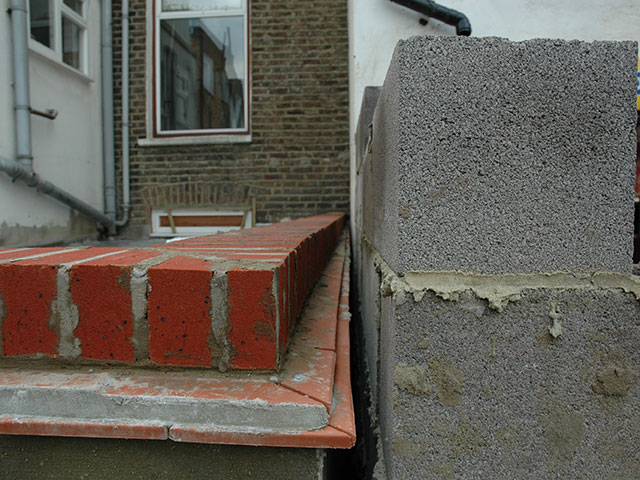Party Wall etc Act 1996
The Party Wall etc Act 1996 provides a framework for preventing and resolving disputes in relation to party walls, boundary walls and excavations near neighbouring buildings.
A building owner proposing to start work covered by the Act must give adjoining owners notice of their intentions in the way set down in the Act. Adjoining owners can agree or disagree with what is proposed. Where they disagree, the Act provides a mechanism for resolving disputes. The Act is separate from obtaining planning permission or building regulations approval.
The main types of party walls are:

- a wall that stands on the lands of 2 (or more) owners and forms part of a building – this wall can be part of one building only or separate buildings belonging to different owners
- a wall that stands on the lands of 2 owners but does not form part of a building, such as a garden wall but not including timber fences
- a wall that is on one owner’s land but is used by 2 (or more) owners to separate their buildings
The Act also uses the expression ‘party structure’. This could be a wall or floor partition or other structure separating buildings or parts of buildings in different ownership, such as in flats.
The Act covers:
- new building on or at the boundary of 2 properties
- work to an existing party wall or party structure
- excavation near to and below the foundation level of neighbouring buildings
This may include:
- building a new wall on or at the boundary of 2 properties
- cutting into a party wall
- making a party wall taller, shorter or deeper
- removing chimney breasts from a party wall
- knocking down and rebuilding a party wall
- digging below the foundation level of a neighbour’s property
